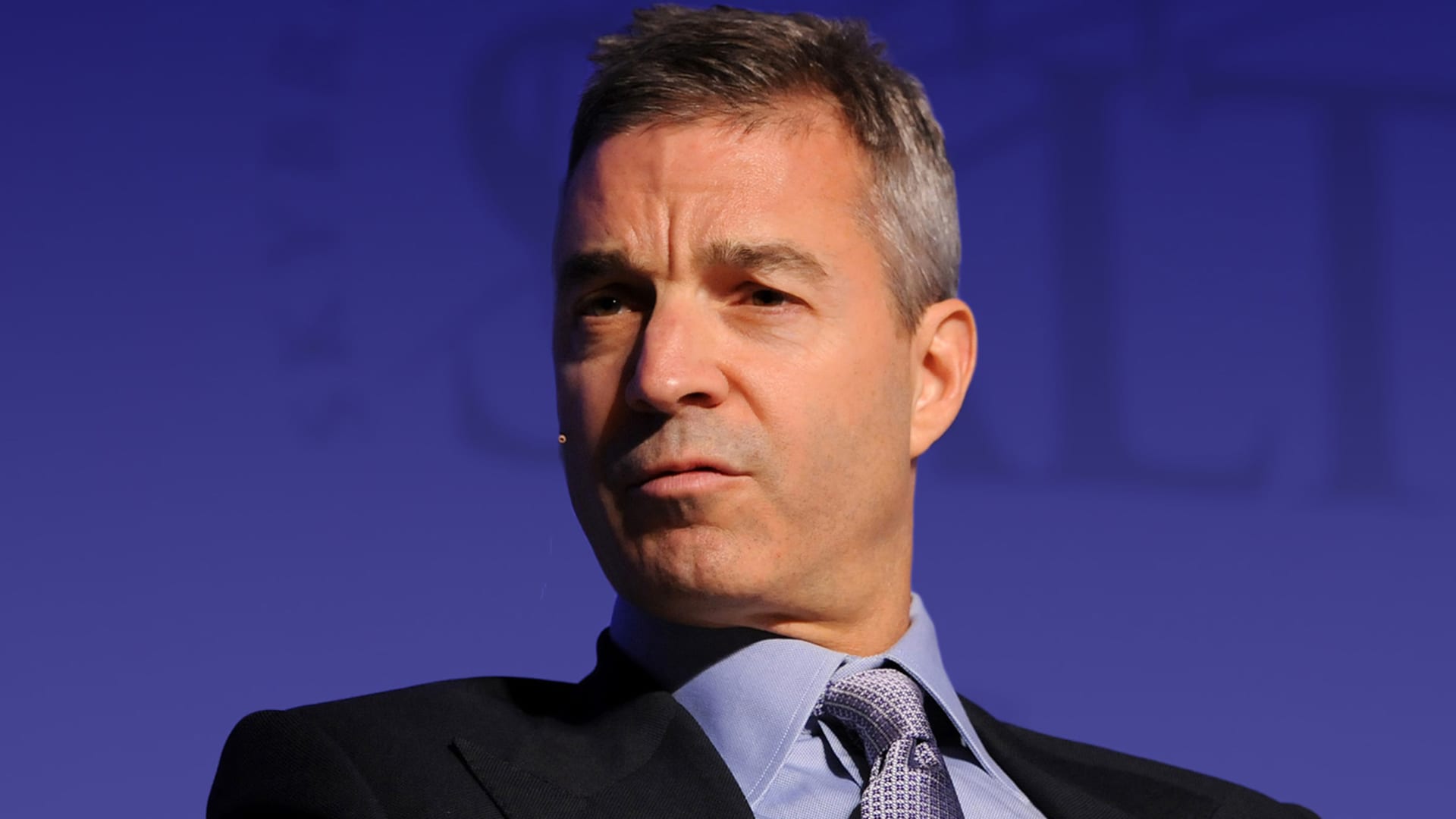Products You May Like
(Click here to subscribe to the Delivering Alpha newsletter.)
The once red-hot SPAC market is becoming a fertile ground for activist investors who push for changes at problematic companies and profit from them.
A record number of companies went public over the past two years by merging with special purpose acquisition companies, a fast-track IPO alternative vehicle. New to the public markets and often underperforming, industry experts believe these companies could increasingly become vulnerable to activist involvement.
“It makes sense that they would look at SPACs because oftentimes when the de-SPAC M&A happens, the stock would drop 10% or 15% even in the best of cases,” said Perrie Weiner, partner at Baker McKenzie LLP. “There might be buying opportunities and activists might be able to do well. For SPACs when they first get off the ground, it takes a while to get their feet under them and sometimes the management teams aren’t as good as they should be.”
The performance of SPACs after their mergers has been abysmal. The proprietary CNBC SPAC Post Deal Index, which is comprised of SPACs that have completed their mergers and taken their target companies public, tumbled nearly 30% year to date and a whopping 50% from a year ago.
Last month, Dan Loeb took a 6.4% in Cano Health, a senior-care facility operator that merged with billionaire Barry Sternlicht-backed Jaws Acquisition Corp. Third Point’s Loeb is pushing Cano to put itself up for sale as investors have “a largely unfavorable view” of SPACs.
Loeb’s move marked one of the first times a prominent activist investor has targeted a company that became public through a SPAC, but many expect more to come.
“We know there are several activists evaluating potential targets now in almost every sector,” said Bruce Goldfarb, president and CEO of Okapi Partners, a corporate governance advisory firm. “In some instances, the clock is ticking already for the next proxy season, as active investors evaluate targets ahead of the nomination window for the next meeting to elect directors.”
While the SPAC boom created a slew of fresh targets for activists, it might not be easy for them to actually provoke changes in the space due to special board and management structure.
The SPAC sponsors have representatives on the board that are very close with the management and the sponsors also own around 20% of the company giving them significant voting power, Goldfarb said.
In addition, many of the new companies have different classes of voting power, making it difficult for other investors to influence the vote. Moreover, most of these companies have staggered boards, meaning that all directors are not up for election at once, he added.
“Activists are likely to target companies that went public through SPACs, especially if they keep underperforming but it’s not like shooting fish in a barrel,” Goldfarb said.
